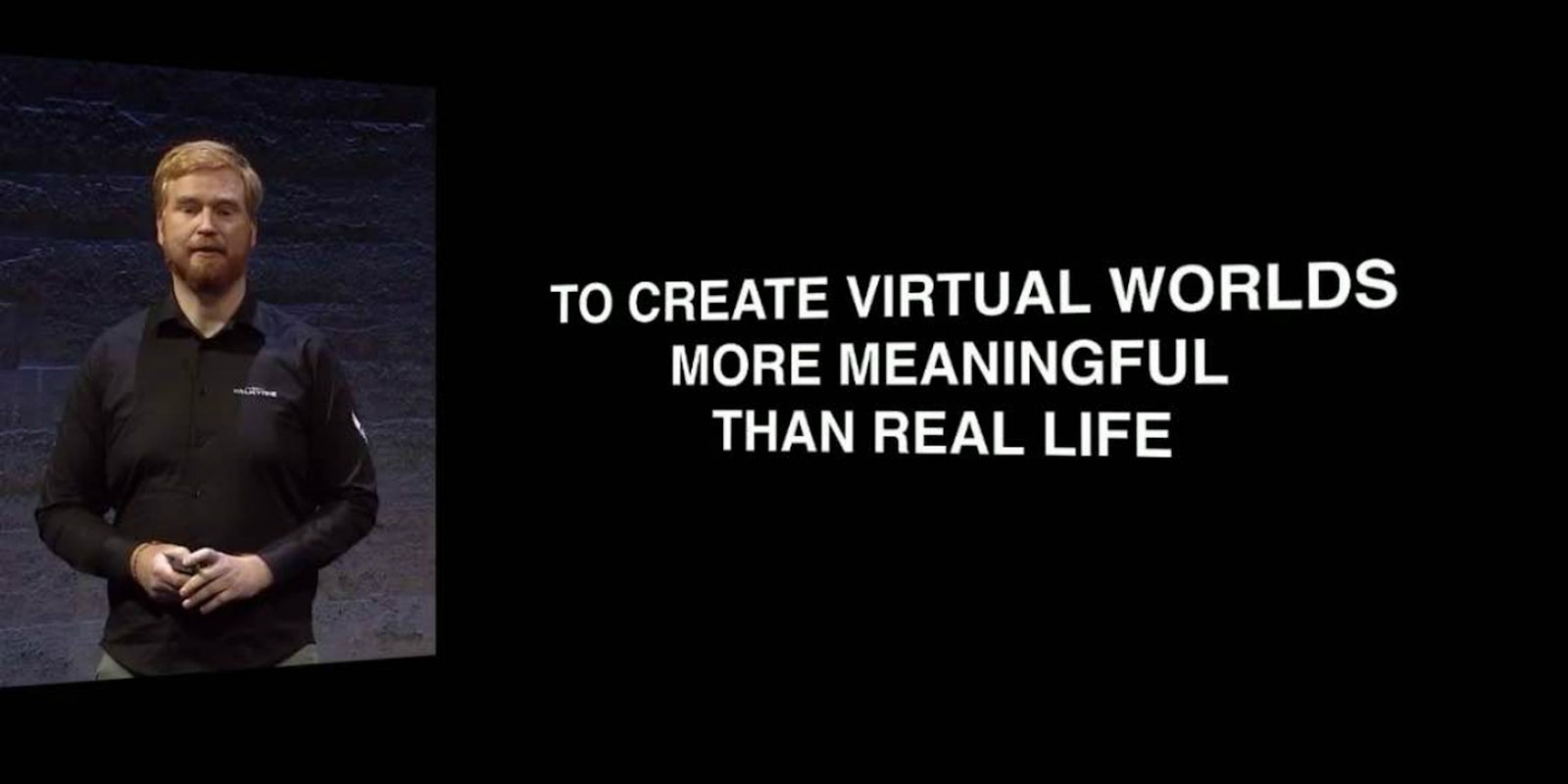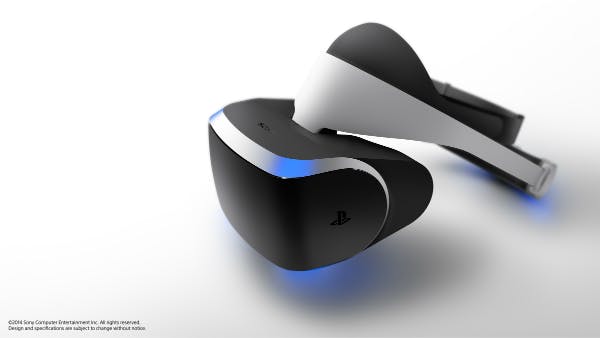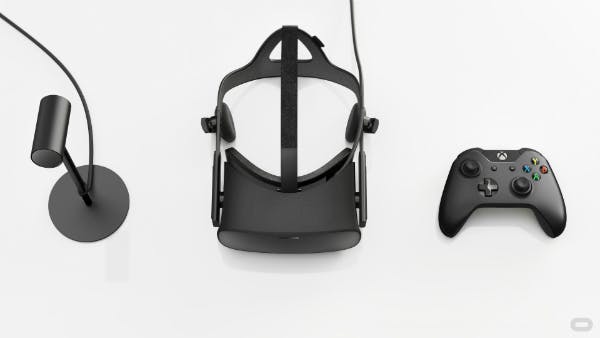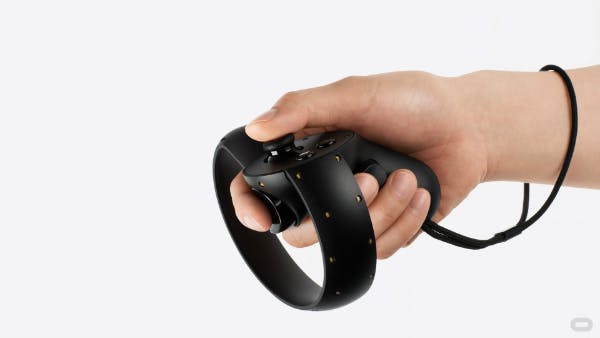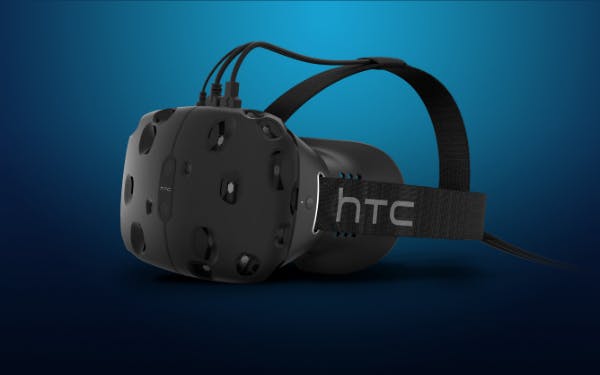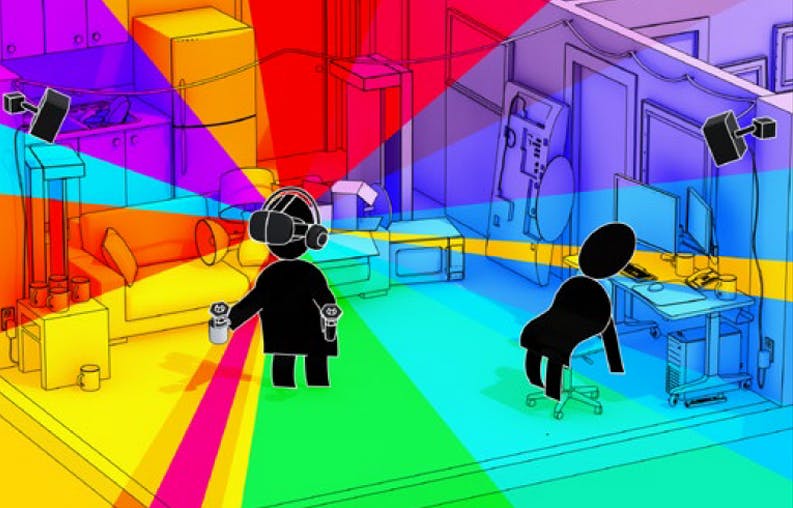With its pre-E3 press conference, Oculus has made it clear that there will be peasants and kings when it comes to the audience for virtual reality.
The Oculus press event this close to the E3 gaming convention something similar to what Bethesda’s Fallout 4 reveal intended to accomplish. Either company could have waited for the larger spotlights of E3 to make their product reveals, but they want the journalists in attendance to focus on substance, not hardware specs or that the game has finally been announced.
While gamers and the mainstream audience have touchstones by which to understand what Bethesda is going for with Fallout 4 and what the experience will be like, trying to explain VR to someone who’s never tried the technology is close to impossible. Not only does one need a travelogue writer’s skills just to describe the scene, the sense of amazement at experiencing a well-crafted virtual reality can be a very emotional moment for which words ought to fail.
Making sure journalists at E3 can focus squarely on tackling that challenge was a good idea, and while Oculus’s press conference yesterday did nothing to describe the quality of the VR experience its hardware can provide, it did finally provide an idea as to what the VR territory is going to look like after Valve Software begins staking it out officially this Fall with the expected release of SteamVR.
At one end of the spectrum is Sony’s Project Morpheus, with its low barrier to entry. If you have a PlayStation 4 console and a PlayStation Camera peripheral, you probably already own all the hardware you need for Project Morpheus.
Most Oculus games you’ll try at events are built around Xbox 360 or Xbox One control pads and the PlayStation’s DualShock 4 controller will probably also be enough control input for the majority of the games released for Project Morpheus. If you own PlayStation Move motion controllers, they add additional 3D elements for designers to play with, but the DualShock 4 has an LED that can already be used to track position in 3D.
Microsoft also needs to get as much positive attention on the Xbox One as humanly possible, now that the first leg of the current console war is over and the second lap begins.
The ability to stream Xbox One games to the Oculus Rift and the connection with Windows 10 also suggest that plenty of consumers already own nearly all the hardware they need to use Oculus. The starfighter sim EVE: Valkyrie factored heavy into the Oculus press conference. We’re scheduled to see the Xbox One version of space sim Elite: Dangerous at E3 next week and will not be surprised if an Oculus Rift is incorporated into the demo by way of demonstrating that the Xbox One is already set up to support the Rift as a viable consumer product for the home console audience.
The other big surprise from yesterday’s Oculus press conference was the reveal of the Oculus Touch controllers. When Valve premiered SteamVR at the Game Developers Conference in March, the bar for virtual reality was raised in a big way. Valve’s SteamVR Controllers were the first control inputs designed explicitly for VR, and they worked like a charm. Oculus had to answer the challenge, and hypothetically has done so with Oculus Touch.
The fact that Oculus Touch is not shipping with the Oculus Rift, but will be sold independently from the VR rig itself, is eyebrow-raising. It suggests that haptic interfaces and inputs might not become core aspects of the Oculus experience. Instead, they are positioned to be but peripherals for a peripheral—and yet another layer of stratification within the VR market.
We could also expect that Oculus Touch will be attractive mostly to the upper end of the Oculus audience. The total cost of running Oculus on PC has been estimated at $1,500, but that includes the purchase of a PC with adequate horsepower to run the system. Those of us who already own appropriately-powerful gaming rigs aren’t looking at the same price tag, obviously, but compare the hardware specs of the Xbox One to the specs of a killer gaming rig. The upper-end of Oculus games/experiences are likely to be markedly different than the Oculus content one will see on an Xbox One, especially if Oculus Touch becomes a mandatory element of the PC virtual reality experience.
And this brings us to SteamVR, which has already begun to feel like a boutique product for a boutique audience within the bounds of the VR consumer set. The recent unboxing videos of HTC Vive Developer Editions demonstrate how the Lighthouse system and SteamVR Controllers are integral parts of a unified system, not optional add-ons for the HTC Vive headset. The price of entry ought to correspondingly be much higher than what Oculus has to shoot for.
Oculus games have largely been seated experiences, and will likely continue to be until Oculus has a product to compete with Lighthouse. Oculus depends on control inputs that are facing a single sensor, which tracks the user from a single direction. You can juggle behind your back with SteamVR because the Lighthouse system, on the other hand is tracking the position of your hands from multiple directions. Developers are already seeking answers as to whether or not Oculus will be capable of achieving the same feat, and that’s a pivotal question when it comes to what will actually achieve “presence”—that ubiquitous VR buzzword.
The first time I felt anything like what “presence” is supposed to describe is when I tried SteamVR for the first time, and not when I’ve tried anything developed for Oculus. For me, the spatial integration of the real world into a virtual space feels necessary in order to truly feel the potential and power of virtual reality.
It’s not for nothing that the virtual reality theme park The Void is using practical sets and effects techniques to supplement haptic interfaces and virtual reality goggles, by way of creating an immersive VR experience the likes of which SteamVR and Oculus may not even be able to touch.
With news of the consumer launch of the Oculus Rift, the Facebook-owned company is rounding out the VR consumer landscape. Now it’s a matter of which tier of VR the majority of developers are willing to support. The question of price in particular is huge, but at least it feels like all the game pieces are finally on the board.
Screengrab via Oculus

